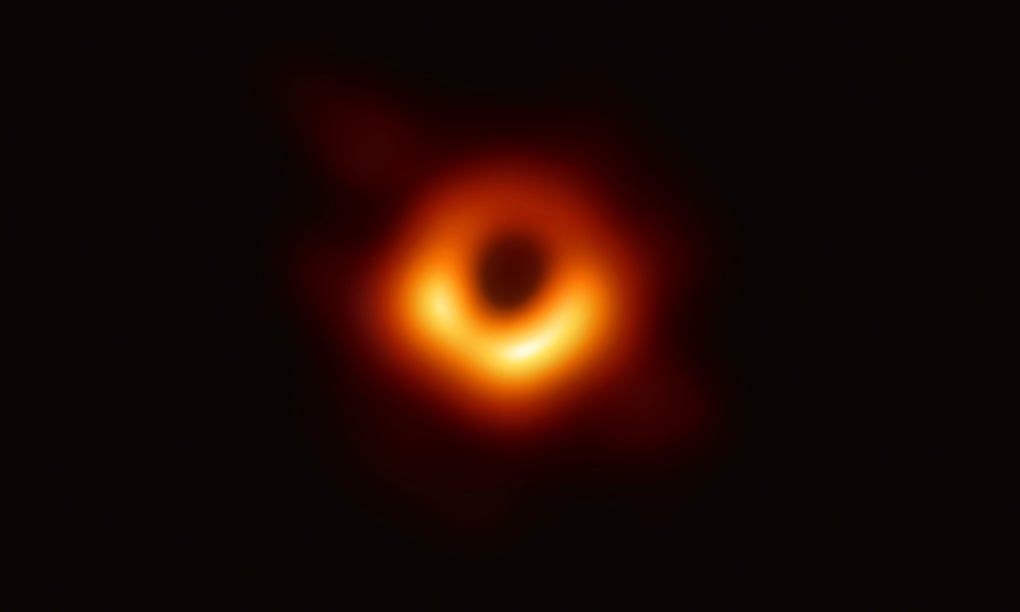The first photograph of a black hole
–
A study released this Wednesday revealed the first direct observation of light behind a black hole, by detecting tiny X-ray light signals, confirming Einstein’s Theory of General Relativity.
According to the study, published in the scientific journal Nature, a light detection it was possible because the black hole deforms space, bending light and twisting the magnetic fields around it.
A black hole is a body of the Universe so dense that light entering it cannot leave.
During the observation of X-rays launched into the Universe by a supermassive black hole located in the center of a galaxy 800 million light years from Earth, astrophysicist Dan Wilkins, from Stanford University, in the United States, identified an intriguing pattern. : X-ray light signals which were smaller and later.
According to theory, these light echoes were consistent with the X-rays reflected behind the black hole, although the location was awkward for the light to emerge.
“All the light that enters this black hole doesn’t come out, so we shouldn’t be able to see anything behind the black hole,” said Wilkins, quoted by the site EurekAlert!.
However, light appears behind the black hole because this is deforming the space, bending the light and twisting the magnetic fields around it, explained the study coordinator.
The black hole in question is 10 million times the mass of the Sun and is at the center of a spiral galaxy called I Zwicky 1.
Direct observation of light behind a black hole matches predictions made in General Relativity Theory, published by physicist Albert Einstein in 1915, on how gravity bends light around black holes, refers, in a statement, to the European Space Agency (ESA), whose XMM Newton telescope was used for the study.
“Fifty years ago, when astrophysicists began to speculate about how the magnetic field could behave near a black hole, they had no idea that one day we would have the necessary techniques to directly observe this and see the Theory of Relativity Einstein’s General in Action,” said Roger Blandford, co-author of the scientific study, who is also a professor of physics at Stanford.
The starting point of the team’s work was to want to know more about a mysterious feature of certain black holes, which is called crown.
The material that falls into a supermassive black hole feeds the brightest continuous light sources in the Universe and, in doing so, forms a corona, which starts with the gas that slides into the black hole, where it is superheated until the electrons separate. of atoms, creating a magnetized plasma.
According to the same website, the mission to characterize and understand the crowns continues and will require more observations, with part of that future being the ESA X-ray observatory, called athena (Advanced Telescope for High-ENergy Astrophysics). Wilkins is helping to develop part of the “Wide Field Imager” detector for the project.
“It has a much larger mirror than we’ve ever had in an X-ray telescope and will allow us to obtain higher resolution images in much shorter observation times. The image that we are starting to get from the data right now will be much clearer with these new observatories,” he said.
–


